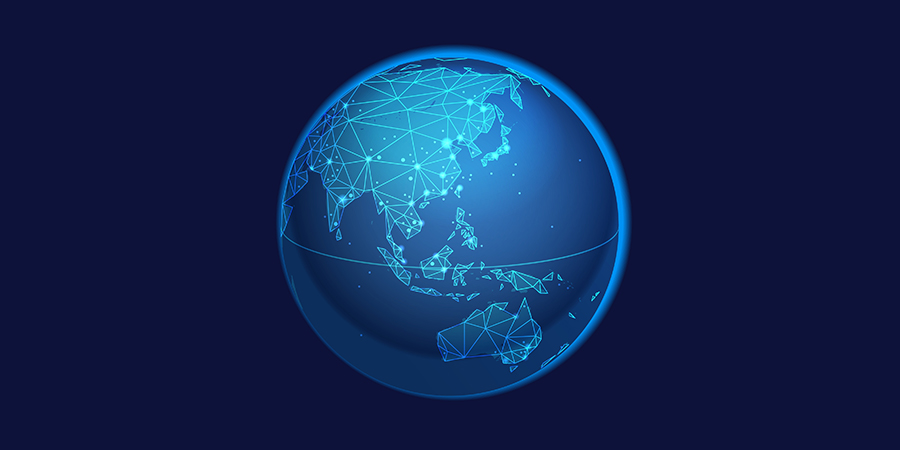The benefits of mobile connectivity have not been fully realized yet, as 43% of the global population, equivalent to 3.45 billion people, still do not use mobile internet, according to the latest GSMA 'State of Mobile Internet Connectivity 2024' report.
Although the number of people using mobile internet on their own devices is increasing every year, the rate of growth is slowing down.
Telecom Review Asia Exclusive Interview: Mobily: Expanding Global Connectivity and Driving Innovation as a Digital Hub
Overview of the State of Mobile Internet Connectivity in 2024
Last year, 160 million people started using mobile internet, similar to the levels recorded in 2022 but lower than the years 2015-2021 when more than 200 million new users were added annually.
The new report, funded by the UK Foreign, Commonwealth and Development Office (FCDO) and the Swedish International Development Cooperation Agency (Sida) through the GSMA Mobile for Development Foundation, highlighted the obstacles preventing the increase in mobile internet services usage and emphasized the need for collaboration between governments, mobile network operators, and international organizations. The report revealed that 4.6 billion people (57% of the global population) now use mobile internet on their own devices.
However, 350 million people (4% of the global population) live in remote areas without mobile internet networks (coverage gap), and 3.1 billion people (39% of the global population) have access to mobile internet but do not use it (usage gap). The usage gap is nine times larger than the coverage gap.
Notably, the region with the lowest connectivity globally is Sub-Saharan Africa, where only 27% of the population uses mobile internet services, demonstrating a 13% coverage gap and a 60% usage gap.
Also Read: GSMA Predicts Asia-Pacific Mobile Industry to Top USD 1 Trillion by 2030
Barriers to Mobile Internet Adoption
The main challenge is the usage gap, and connecting these individuals to the internet could bring an estimated USD 3.5 trillion to the global economy between 2023-2030, with 90% of this impact benefiting low- and middle-income countries (LMICs).
The coverage gap is mainly present in rural, poor, and sparsely populated areas, and requires an estimated USD 418 billion in investment to establish the necessary infrastructure for universal mobile internet access.
In LMICs, the main barriers to mobile internet adoption are device affordability and digital skills and literacy. Entry-level, internet-enabled devices cost 18% of the average monthly income in these countries. For the poorest 20% of people worldwide, this cost increases to 51% of their monthly income. In Sub-Saharan Africa, the poorest 20% would need to spend nearly all of their monthly income—99%—to afford entry-level, internet-enabled devices.
A lack of digital skills and literacy is the second-most significant barrier overall, particularly in Asian countries. Other barriers include the absence of relevant, localized content and services, safety and security concerns, and limited access to essential infrastructure and services like electricity. While most people who use mobile internet do so daily, they typically engage in only a few popular activities. Around 43% of mobile internet users express a desire to use it more, highlighting the need for meaningful connectivity and true digital inclusion.
The most common barriers to increased mobile internet usage among current users are safety and security concerns, affordability (especially data and handsets), and the overall connectivity experience. Despite the majority of people worldwide accessing the internet on 4G or 5G smartphones, one in five mobile internet subscribers still use 3G smartphones or feature phones. This figure increases to over a third in Latin America & the Caribbean and the MENA region, and nearly two-thirds in Sub-Saharan Africa, restricting users’ online experiences.
John Giusti, Chief Regulatory Officer at the GSMA, emphasized the importance of addressing barriers such as affordability, digital skills, and awareness of mobile internet to bridge the digital divide. Collaboration between governments, mobile operators, and international organizations is crucial to invest in local digital ecosystems and ensure robust online safety measures.
Asia’s Strides in Enhancing Internet Adoption:
South Korea Establishes ‘6G Society’ to Advance Mobile and Satellite Collaboration
PLDT Global Expands Horizons with Enhanced Connectivity and Digital Innovations
Telco Cloud Orchestration Revolutionizing Connectivity in the Asia Pacific






